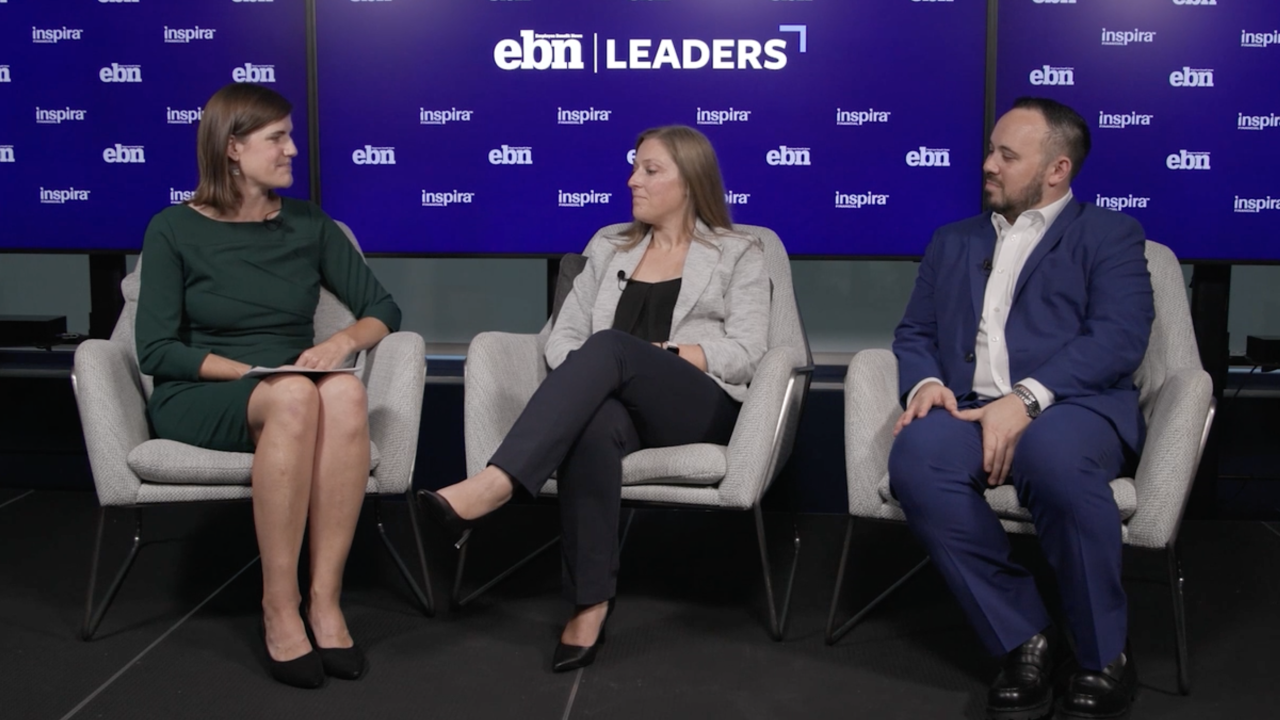As job review websites like Glassdoor and Indeed grow in popularity, employers are keeping an eye on what former workers say about their company online. But an often overlooked part of an employee’s experience — their last two weeks on the job — may be causing damage to employers’ reputations.
“Organizations are becoming more in tune with the fact that when individuals leave, that last experience is going to be one key thing that influences how they’re going to speak about the organization out in the public domain,” says Bill Docherty, managing director at Deloitte Consulting.
HR departments often don’t stop to think about how they can better streamline the offboarding process and properly make their employees feel valued even when they are saying goodbye. That can have consequences if not properly dealt with.
But there’s a solution in HR technology.

Docherty says one of the best ways to make offboarding more human could actually be relying on more HR technology. Using a consistent human capital management platform is the best way to ensure it’s easy for employees and HR departments to take care of all of the tasks that go along with offboarding, he adds.
“They want to provide a consistent employee experience across all of those key moments that matter— from onboarding to major life events to when they ultimately decide to leave the organization,” he says.
Lessening the burden of offboarding paperwork on employees and making everything accessible online frees up HR to spend more time on the emotional parts of the process, Docherty says. Employees still want face-to-face communication during offboarding, like during exit interviews and knowledge transfer. Sitting down with HR and discussing the reasons for leaving a job can be highly valuable, he says.
“Employees actually have to interact with HR to complete those tasks,” he says.
HR technologies also can help address the multiple steps involved in offboarding. When an employee decides to leave the company, they often don’t know the correct way to do everything from alerting HR to disenrolling in benefits, he says.
For example, Docherty says, Deloitte markets its ConnectMe digital HR platform as a way for workers to manage all aspects of their experience at work. Although clients may not be buying ConnectMe specifically for offboarding, he says, it’s important that employees have the ability to access the steps for leaving the company on the system just as easily as they can access their benefits information.
“It is an event that they’re probably only going to go through once in their employment with a company,” Docherty says. “They don’t know where to start. The organizations can make that process prescriptively defined [and] clearly communicated to employees.”
Clearly communicating the steps online can make the offboarding process more seamless for workers. Treating employee interactions in the same consistent and professional manner that is afforded to clients adds value and can stick with an employee when they decide to leave a job, Docherty says.
“We actually remember the stress associated with that offboarding process,” he says. “When individuals feel siloed and isolated, they’re going to carry that memory with them when they leave the organization.”





